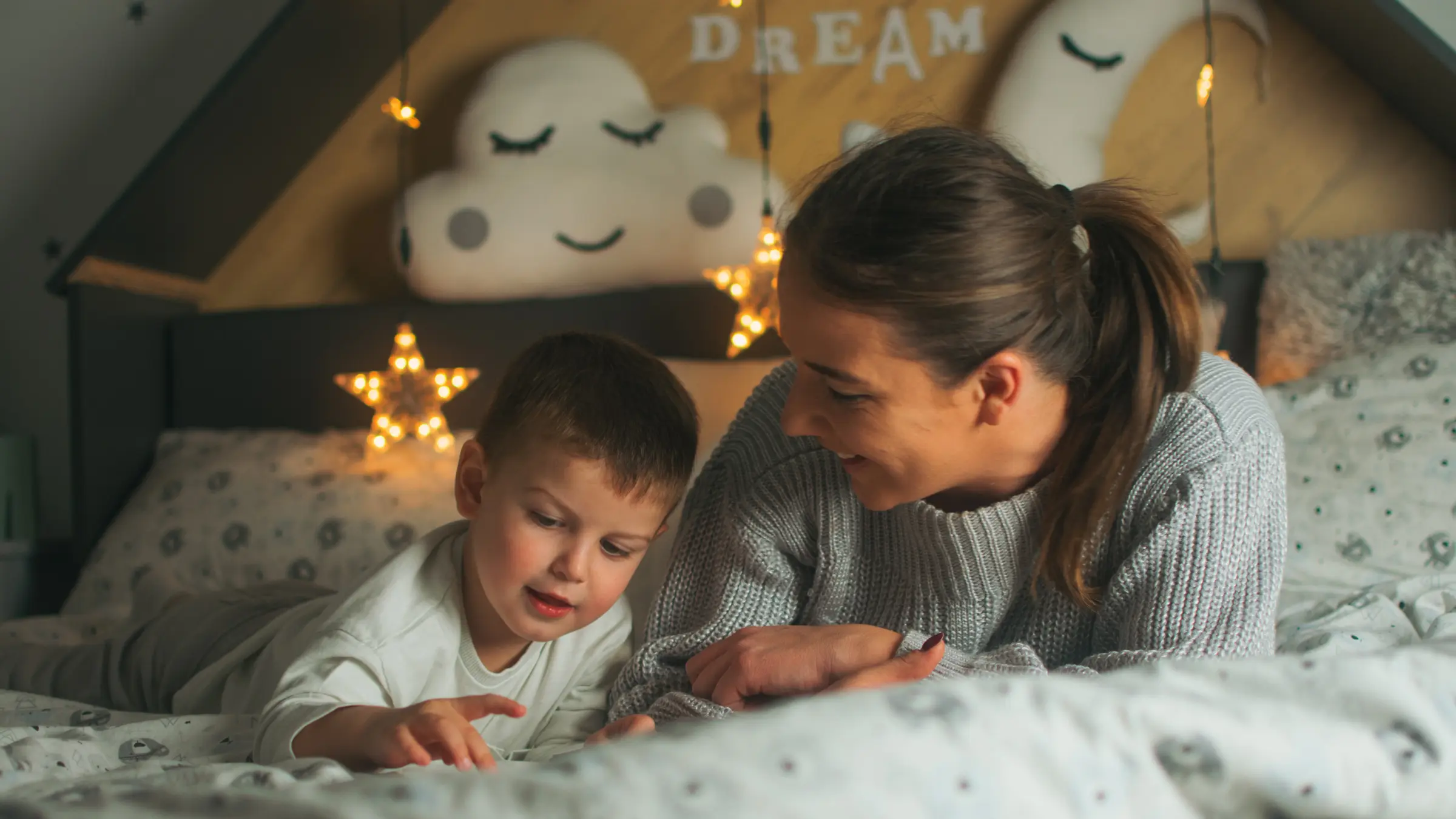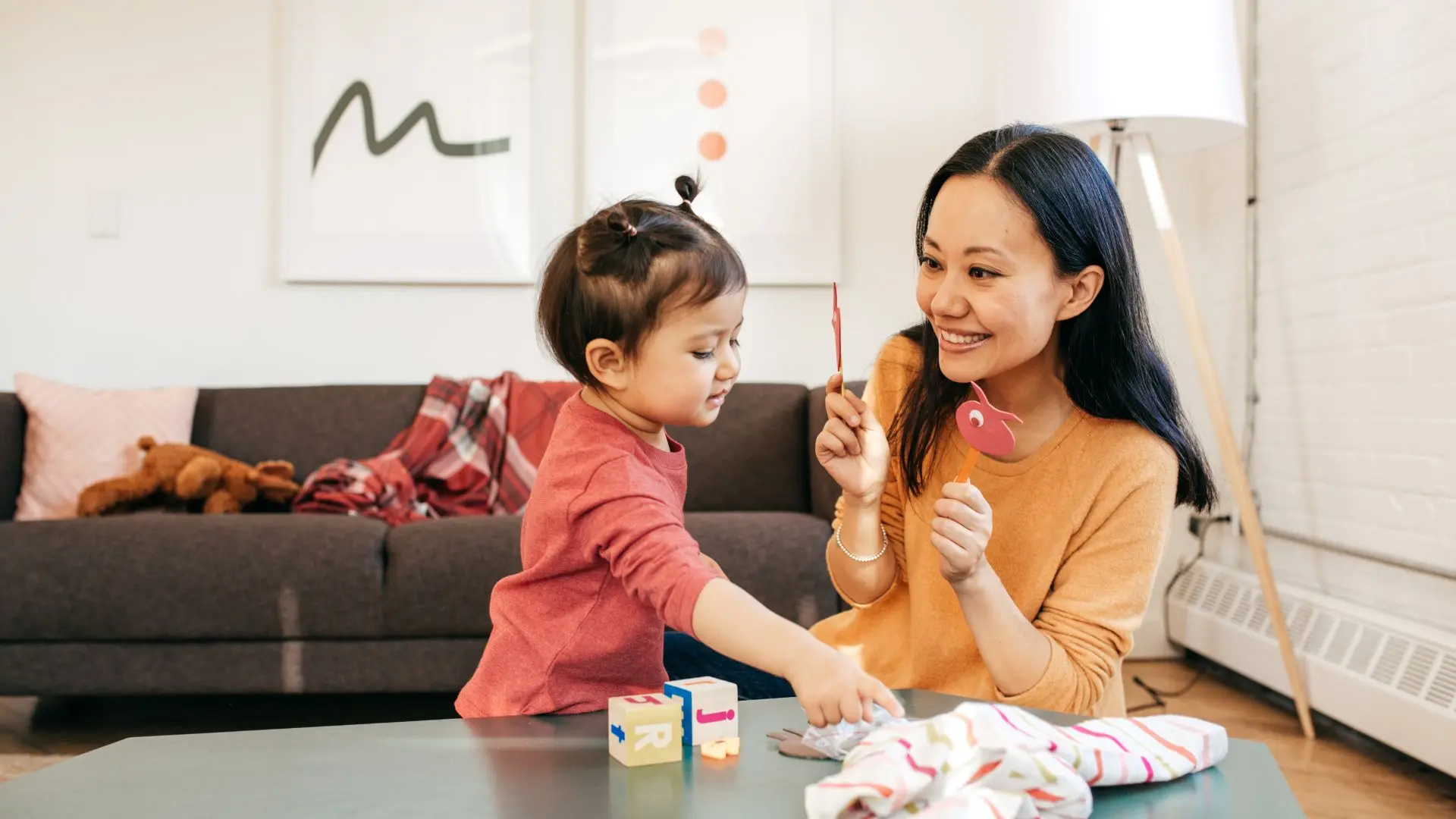Early Childhood Learning Strategies Your Child Can Experience At School & Home
The early childhood years are jam-packed with endless learning experiences for your child. Every day brings new discoveries and accomplishments. Many of these critical learning moments happen organically, driven by your child’s natural curiosity and instinct for what they need to learn. You will never go wrong by following your child’s lead for discovery.
In other moments, there are skills and concepts that are usually learned through explicit instruction. Learning to tie shoes, write letters, or ride a bike typically requires that an adult engages with the child to break down the steps and respond to challenges.
In our classrooms at The LEAP Schools, teachers use the following early childhood learning strategies when approaching challenging new skills. These techniques will work well for you at home as well:
- Designate a “sacred” time or place – When we deliberately set aside time and space for teaching we elevate the value of the experience in the child’s eyes. Children respond strongly to our undivided attention and by saying to them, “I’m going to turn off my phone, and you and I will go to a room by ourselves to work on this,” we communicate that we respect their struggle.
- Incorporate multiple senses — Children learn best when their whole bodies and multiple senses are involved. Think of ways to include touch, sound, or movement into the lesson to imprint the experience more deeply. For example, use a chant to teach the steps for teeth brushing, or incorporate some gooey slime into a lesson on counting.
- Prepare materials to minimize waiting — When we ask children to learn something new, we want their whole focus to be on the task at hand. Asking a young child to wait while we gather materials requires the child to inhibit their impulses, not get involved in anything else, and sustain interest without getting any reciprocal benefit. This break in momentum usually leads to frustration on everyone’s part.
- Short periods of time and allow for coasting — Five to ten minutes is a long time for focused concentration with a preschooler. Follow your child’s lead on when they are ready for a break. If your child sees that you respect their expression of fatigue, they will be much more willing to try again the next day. Similarly, when learning new skills it is normal to have “coasting” periods to consolidate the learning. Don’t be surprised if your child who was showing great enthusiasm for taking on a new skill suddenly wants a break. Their original excitement for a challenge will return once they’ve had some time to bask in the comfort of feeling competent.


